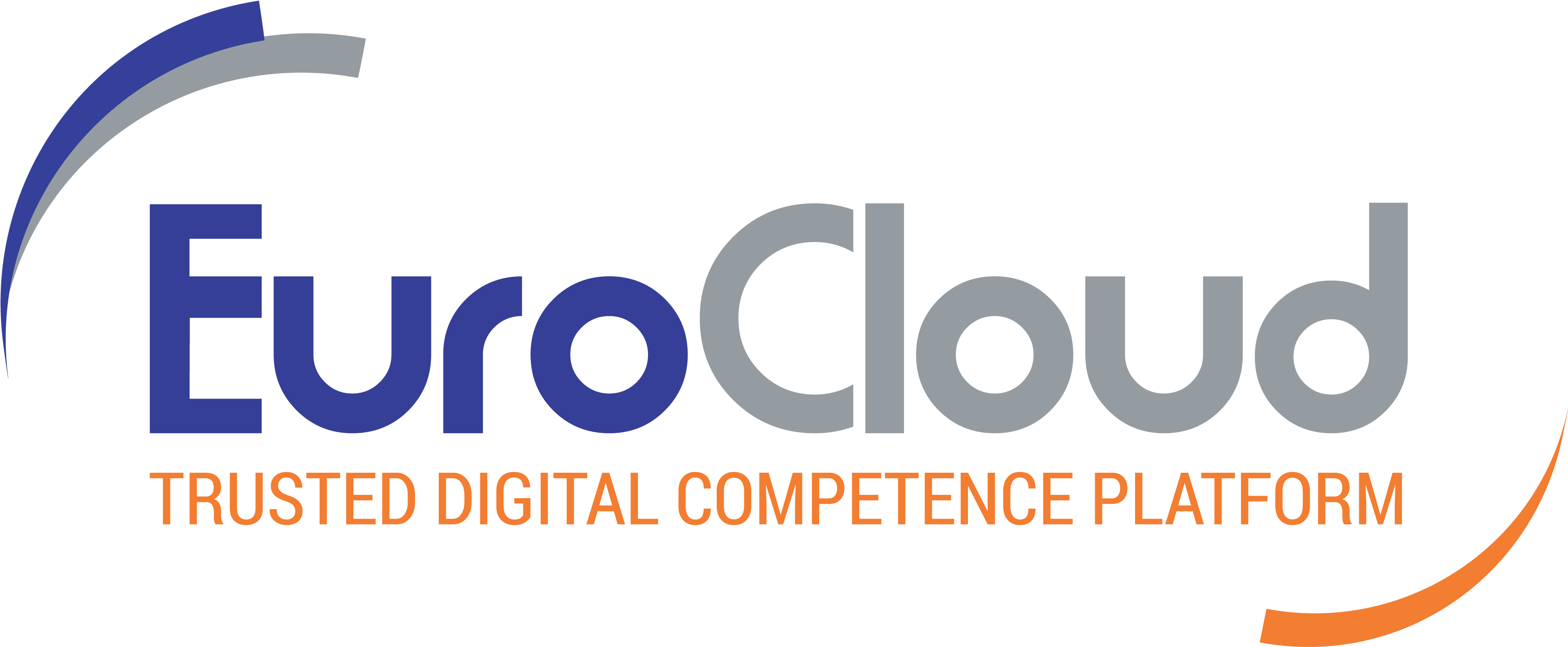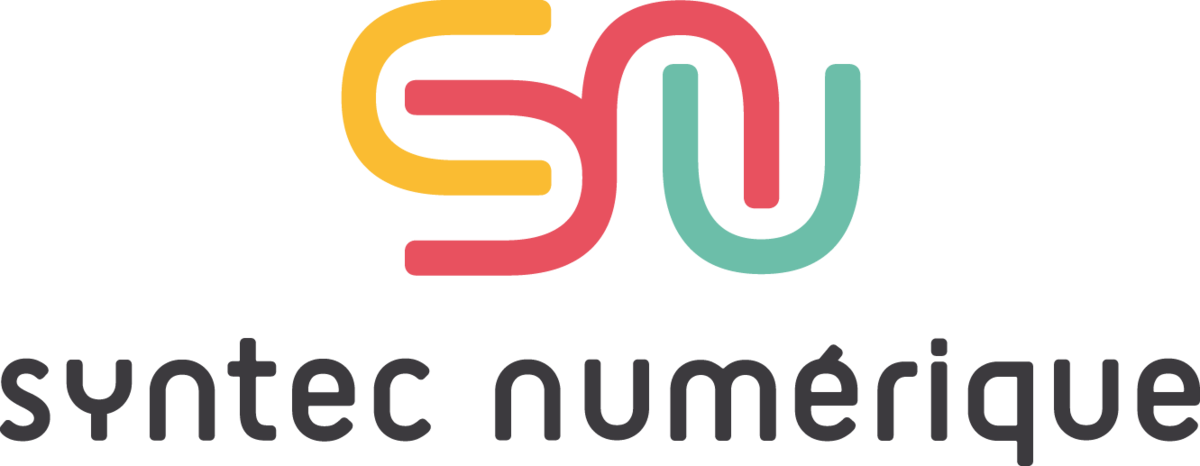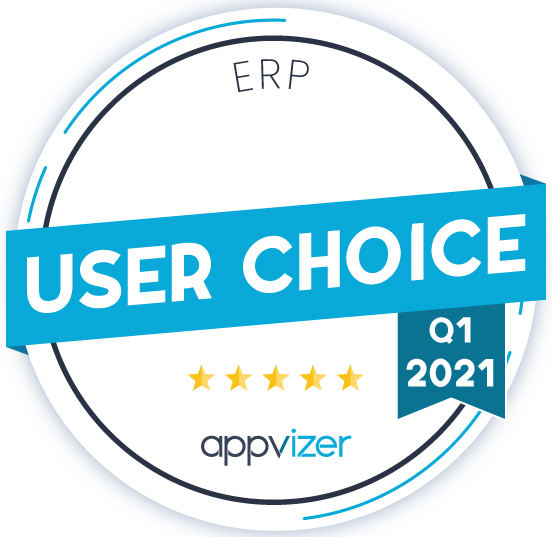How Collaborative Work Can Boost Your Business Performance

The digital revolution has completely changed the way companies work: today, the collaborative mode is essential. Fluidification of communication, data sharing in real time, opening of the company to the outside… collaborative work can bring a lot to companies. Find out what are the advantages of the collaborative management mode, and how to implement it in your company.
Collaborative work is a key factor in the success of the digital transition
Lately, companies have seen many changes in their environment undermine their internal processes: technological revolution, globalization, dematerialization… Today, departments and services are characterized by greater porosity, not only within multinational groups but also in smaller companies. As a result of this decompartmentalization: the flow of information must be more fluid, faster, more transverse.
To address these issues, companies have developed collaborative work methods. By promoting data sharing and communication between services, and by involving all employees, collaborative work allows the company to gain flexibility and efficiency.
More and more companies are integrating the collaborative mode, especially companies that work in projects, such as consulting firms, engineering and design offices, architectural firms, or communication agencies. Collaborative work perfectly adapts to the requirements of these professions: it makes it possible to revitalize projects by integrating the ideas and contribution of all stakeholders, and facilitating transversal exchanges within the company.
The ERP of the future will be fully collaborative
To manage their projects effectively, more and more companies are turning to an ERP. These management software allow them to concentrate in one interface all the company’s data: prospects, customer portfolio, employee activity, quotes, invoices, reports…
To meet the needs of companies in a context of decompartmentalization, ERPs must rely on the collaborative mode. Thus, the ERP new generation integrates collaborative work at all levels: employees enter their own data (past time, expense reports and vacation), consult the projects to which they are assigned, and issue their activity report.
To adapt to new business processes, ERPs have developed many features that facilitate the sharing of information and the exchange between different departments and employees. Among these elements, we find the EDM (Electronic Document Management), which allows to centralize all the documents of the company, or the sending of automatic notifications directly from the interface of the ERP to inform an employee of the tasks that he must accomplish.
Another essential element of collaborative work: the sharing of data in real time. ERP distributed in SaaS allow immediate exchanges, which greatly simplifies the sharing of information across the various departments of the company.
5 advantages of collaborative work for your company
Collaborative ERP brings real added value to companies: every company, from the SME to the multinational, will undeniably benefit from the many advantages of collaborative work in real time.
- Immediacy: Collaborative work enables the instantaneous sharing of information. However, the faster the information is shared, the more fluid communication becomes; and as a result, the more likely the projects will be completed within the set deadlines! Social networks and the accessibility of data on the Internet have created a culture of instantaneity that is also valid in business: the faster we are, the more competitive we are.
- Agility: however, speed is not everything! To be both fast and efficient, companies must also develop their adaptability. The environment evolves quickly, and the company must evolve with it so as not to fall behind. Until recently, the organizational silos were a brake on the agility of the company by creating impermeability between the different services (source of misunderstandings). Now collaborative work allows the company to gain agility through horizontal management.
- Better communication: not only does collaborative work make connections between different departments, it also facilitates communication between the company and its suppliers and customers. To put it in a nutshell, collaborative work erases the boundaries between internal and external. By opening its internal processes, the company opens to the outside.
- Centralization of data: Collaborative ERP makes it possible to centralize information flows, making data accessible to all. Consequence: better employee involvement brings better productivity.
- Motivation: the collaborative mode considerably increases the motivation of employees. Because they are more involved in internal processes, they will gain in responsibilities and autonomy, and thus develop their skills. Each employee plays a very specific role in his team or business unit, his objectives are clearer and exchanges easier: the performance will follow!
Today, collaborative work is essential in companies, especially service companies working on projects. Having a next-generation ERP is a great way to leverage the benefits of collaborative mode and dramatically boost business performance!









